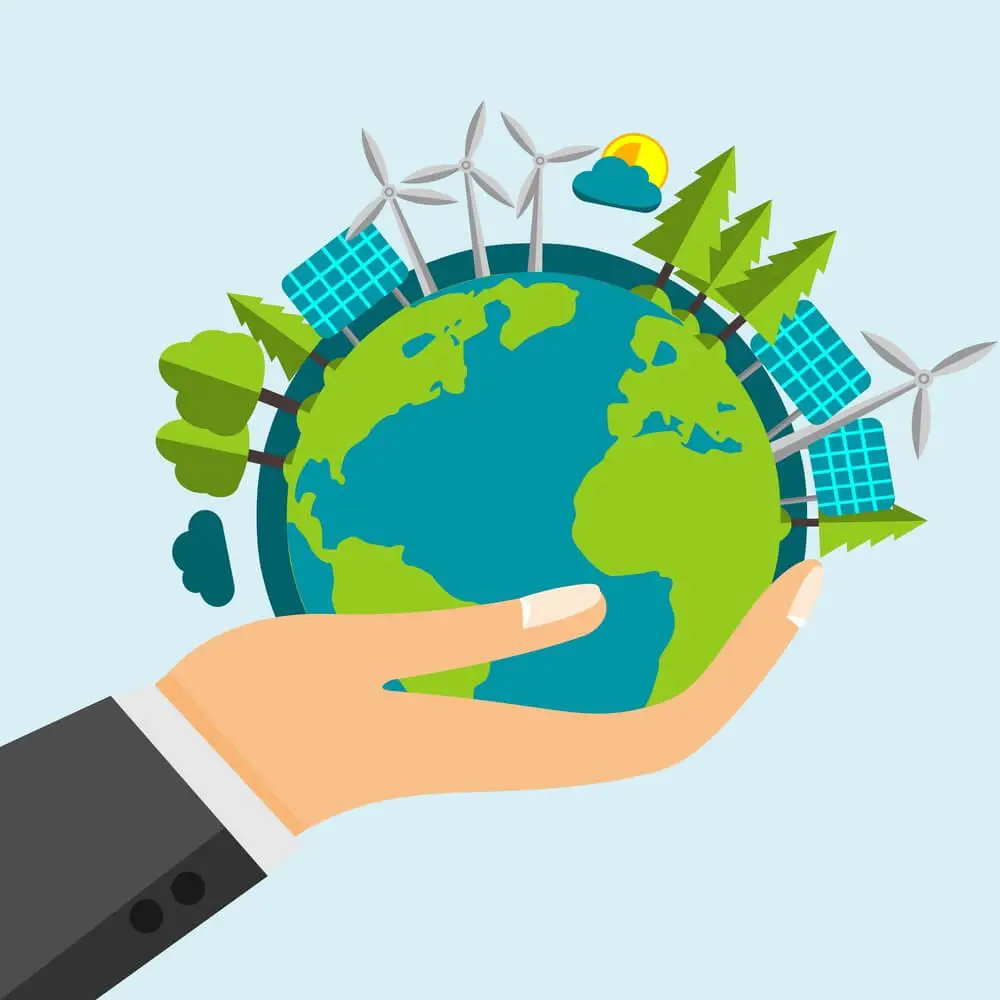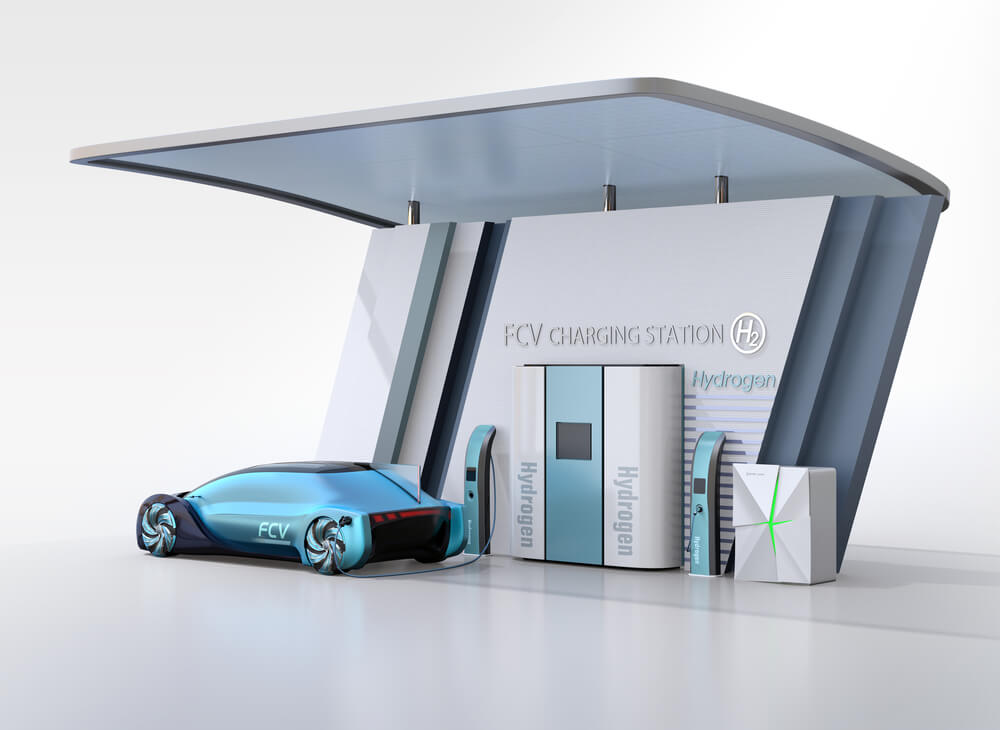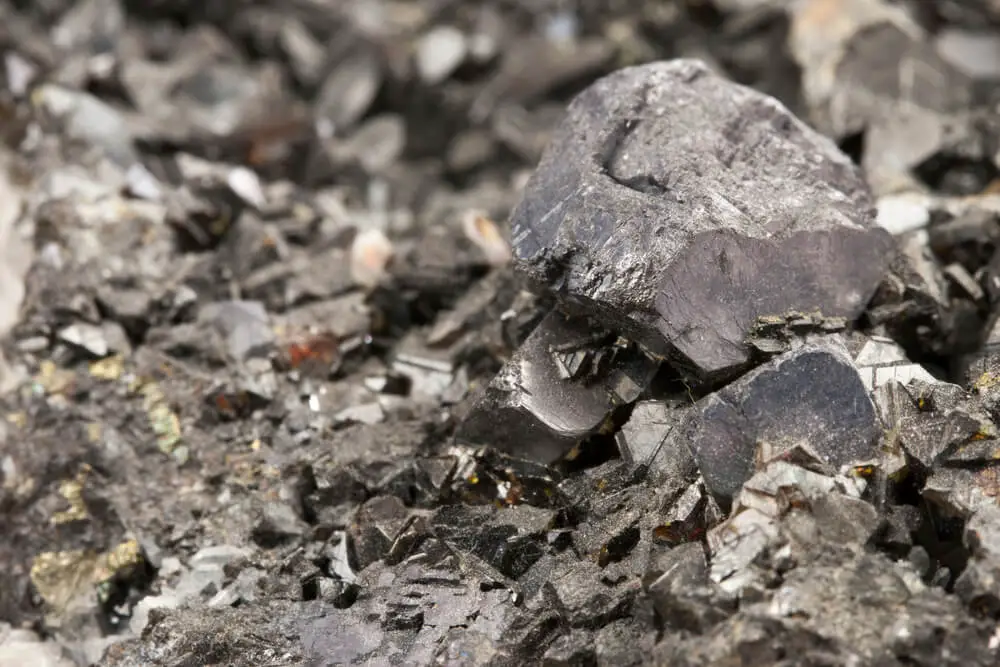Renewable forms of energy include wind, solar, geothermal, and hydroelectric.
They are referred to as “renewable” because they are constantly replenished and can never run out.
This means that energy from these sources can be harvested over and over again.
Renewable energy is, therefore, reusable by having an unlimited supply.
But what about the equipment that gets used to collect this type of energy and convert it into electricity?
In other words, can the parts that go into building green energy devices like solar panels and wind turbines be recycled? Are they being recycled? And if not, is the implementation of renewable energy really as sustainable as it is generally thought to be?
The answers to these questions will be discussed in more detail below.
The problem with recycling renewable energy waste
Renewable energy is increasingly being used as an alternative to fossil fuels.
While these benefits usually outweigh the disadvantages, renewable energy still uses resources that can be harmful to both humans and the environment.
For example, the cells on solar panels contain heavy metals such as cadmium and lead.
If old solar panels are not properly disposed of, these chemicals can leach out into the ground or a nearby water source, resulting in a public health hazard.
These toxic metals also make solar panels challenging to recycle because extracting them is both time-consuming and costly.
Similarly, the compounds used in the manufacturing of wind turbine blades also make them difficult to recycle.
However, their problem lies more with the way they are made and not necessarily with the compounds themselves.
To elaborate, wind turbine blades are made to withstand the elements.
Their manufacturing process ensures that they cannot be taken apart, even under extreme environmental conditions.
This makes it very difficult to recover the materials from discarded wind turbine blades because trying to separate the reusable compounds from the non reusable ones is like trying to “unbake” a cake.
So, the answer to whether the various components of green energy devices can be recycled is, for the most part, yes.
However, this is not so easily or readily done – at least not yet.
This is because recycling these materials often costs more in both time and money than it does to produce them.
Fortunately, efforts are being made to develop innovative ways to recycle discarded green energy devices and make their production processes more environmentally friendly.

Solutions to recycling renewable energy waste
1. Implementing a circular economy
One solution that could be applied to all forms of renewable energy is to implement a circular economy.
A circular economy promotes the idea that resources, materials, and products should be used for the full duration of their service life and reused and repurposed thereafter.
This is contrary to a traditional linear economy, which endorses the consumerist mentality of “make, use, and dispose of.”
Therefore, a circular economy aims to encourage manufacturing companies to increase the lifespans of their products, reducing the number of times that they need to be replaced.
It also makes the recycling of materials mandatory.
2. Waste-to-energy plants
Strictly speaking, waste-to-energy plants “recycle” waste by burning it as fuel to generate electricity.
Although they are most commonly used for getting rid of municipal solid waste, they could also be a viable way of regenerating energy from renewable energy waste.
While there are some concerns about the environmental impact that these plants can have with regards to carbon dioxide emissions, it should be pointed out that not all waste releases the same amount of carbon dioxide during combustion.
For example, burning organic waste, such as food and disposable diapers, produces more carbon dioxide emissions than a standard coal power plant.
However, burning the by-products of fossil fuels, like plastic, only releases about half the carbon dioxide produced by burning coal.
Disposing of certain types of waste in this manner is, therefore, more sustainable than dumping it in landfills.
Conclusion
When an energy source is deemed “renewable,” it means that it can be replenished.
This makes renewable energy “reusable” in the sense that it can be used repeatedly without being depleted.
However, some of the components of renewable energy devices themselves, such as solar cells and wind turbine blades, are not easily reused.
This is because they contain certain materials or compounds that make them difficult to recycle. InsteadTherefore, the process of recycling these components requires more time and money than producing them in the first place.
Thus, the renewable energy industry needs to prioritize finding workable solutions to the problem of waste disposal for renewable energy to become truly reusable in the full sense of the word.
References:
Bomgardner, M. and Scott, A., 2018. Recycling renewables. C&EN Global Enterprise, [online] 96(15), pp.34-41. Available at: <https://cen.acs.org/energy/renewables/Recycling-renewables/96/i15> [Accessed 28 September 2021].
Folk, E., 2020. Waste in the Renewable Energy Industry and How We Can Sustainably Power Our World. [online] Renewable Energy Magazine. Available at: <https://www.renewableenergymagazine.com/emily-folk/waste-in-the-renewable-energy-industry-and-20200305> [Accessed 28 September 2021].
Prendergast, C., 2020. Solar Panel Waste: The Dark Side of Clean Energy. [online] Discover Magazine. Available at: <https://www.discovermagazine.com/environment/solar-panel-waste-the-dark-side-of-clean-energy> [Accessed 28 September 2021].
WRAP and the circular economy | WRAP. [online] Available at: <https://wrap.org.uk/about-us/our-vision/wrap-and-circular-economy> [Accessed 28 September 2021].





